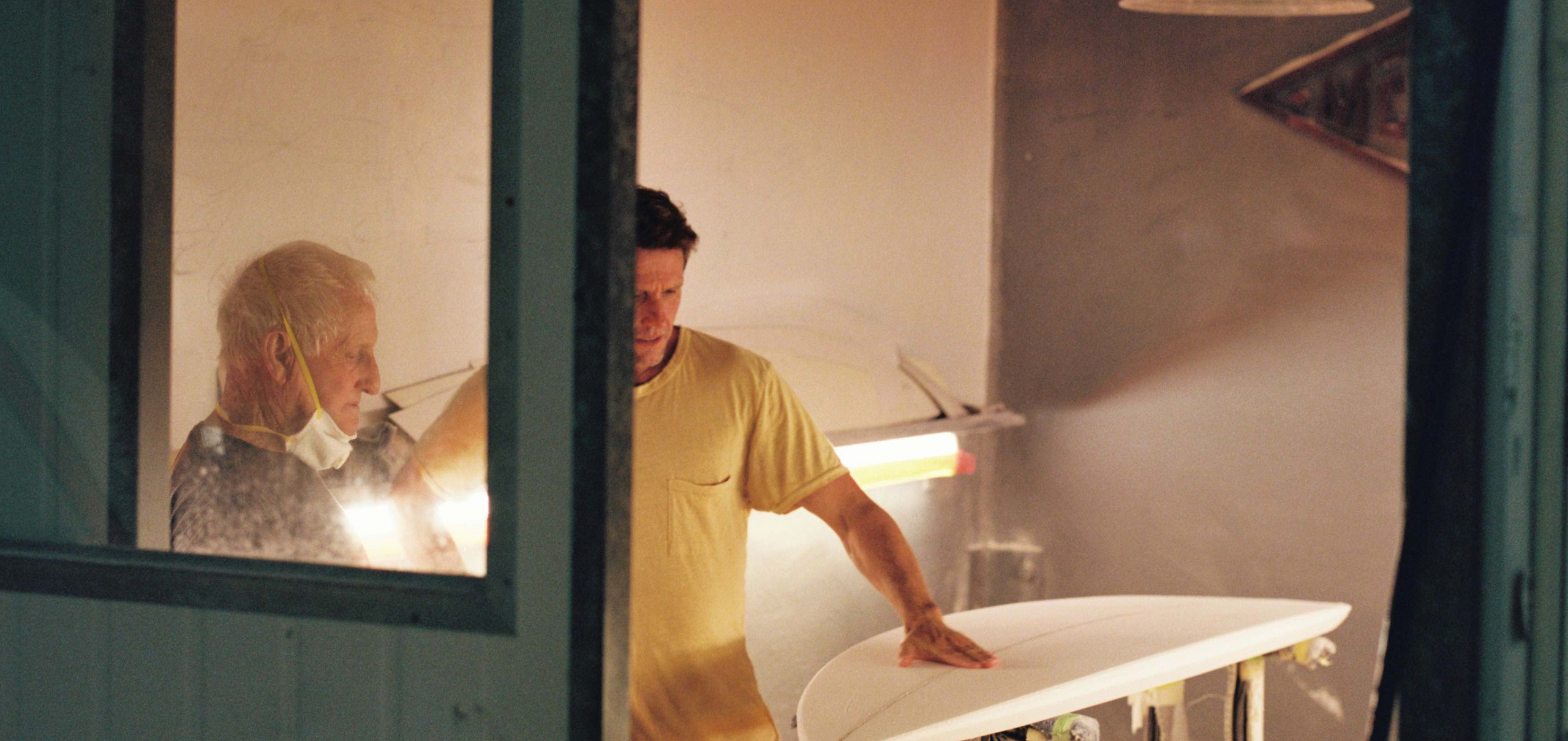History
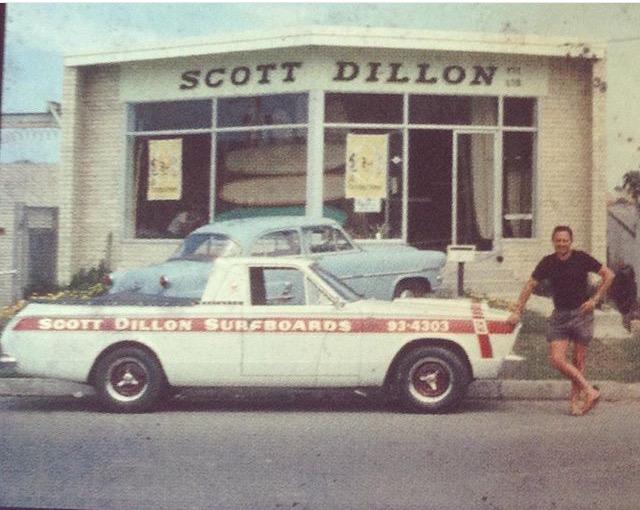
1962
Bob became a professional Shaper and printed the first 'Tailor Made' logo on rice paper. He began shaping for Dillon, Hohensee, Bill Wallace and Hayden Kenny. He was surfing up and down the East Coast, mostly Northern Beaches, Byron, Snapper and Noosa.
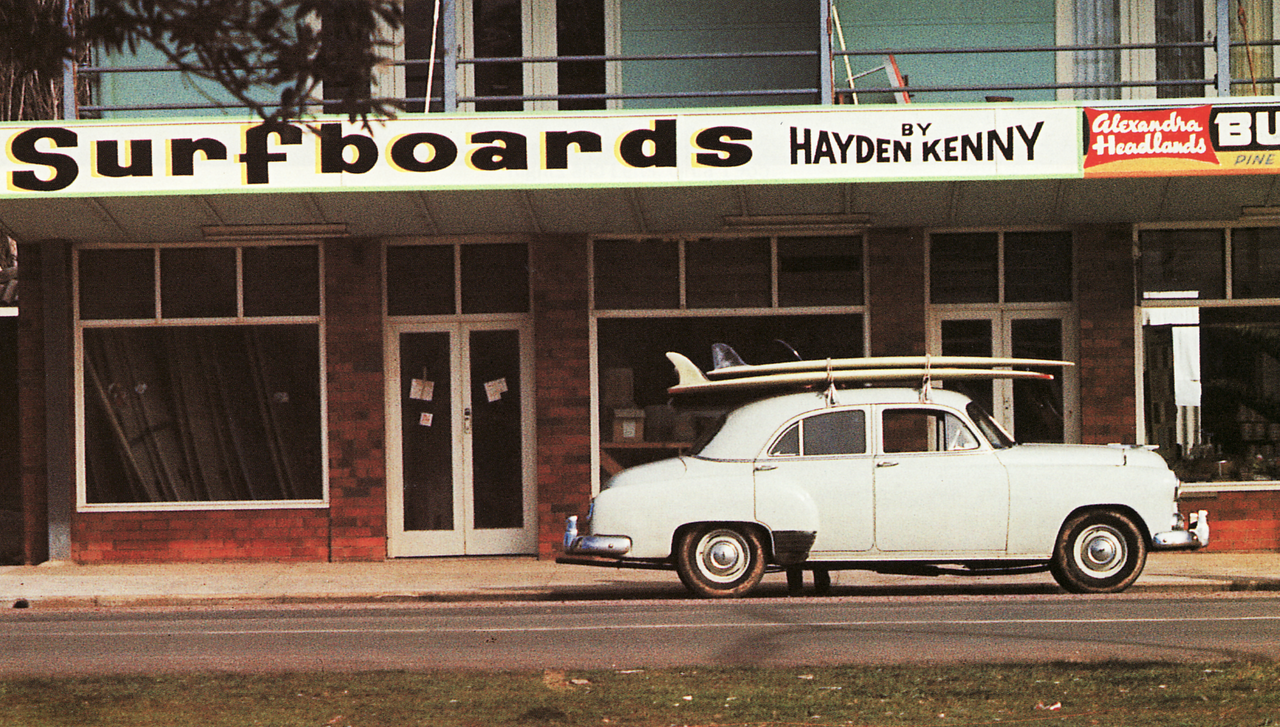
1964
The early beginnings of what became the Noosa 66 started at Hayden Kennys.
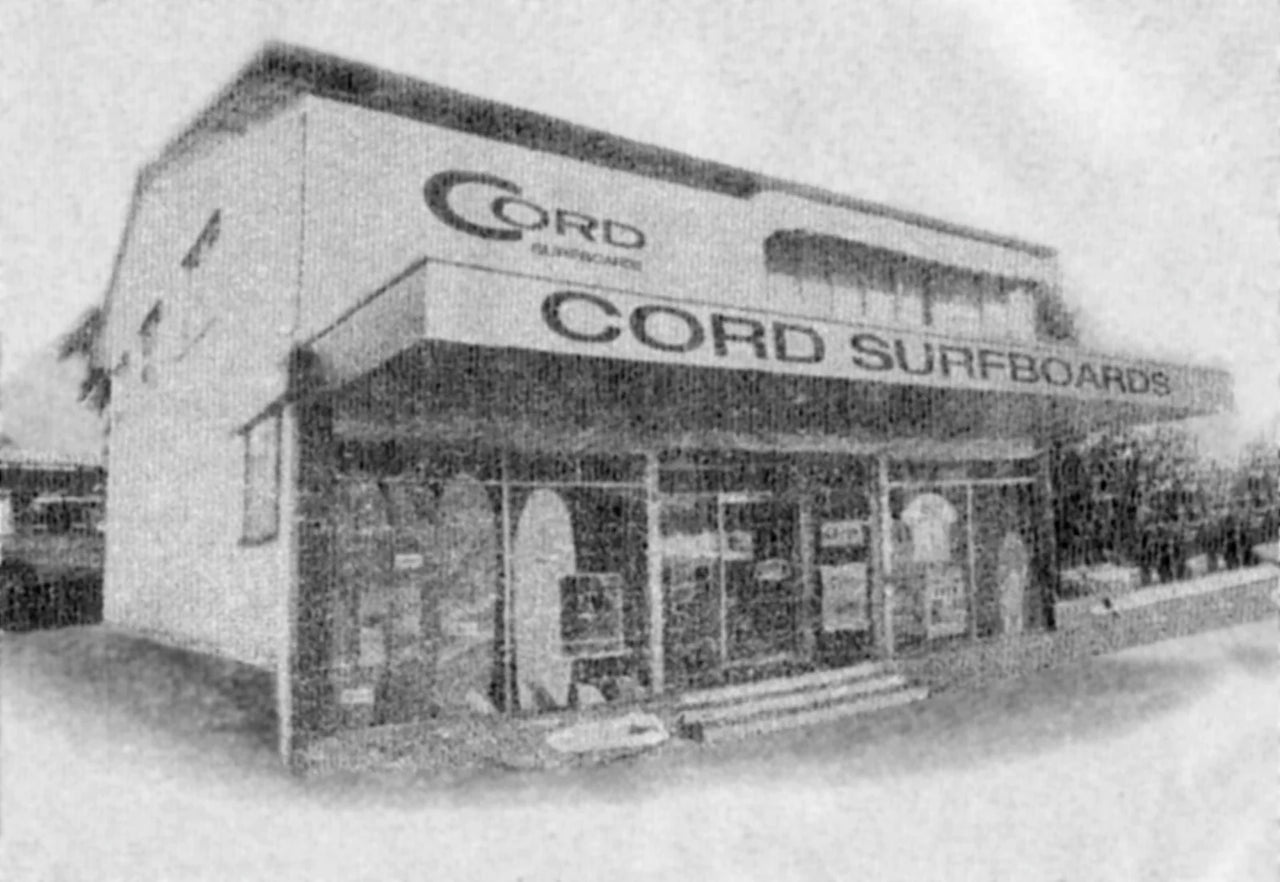
1966
Bob started working for Cord Surfboards, a rebellious upstart brand cementing the Involvement era of fine railed, fast-reacting longboards for Noosa.
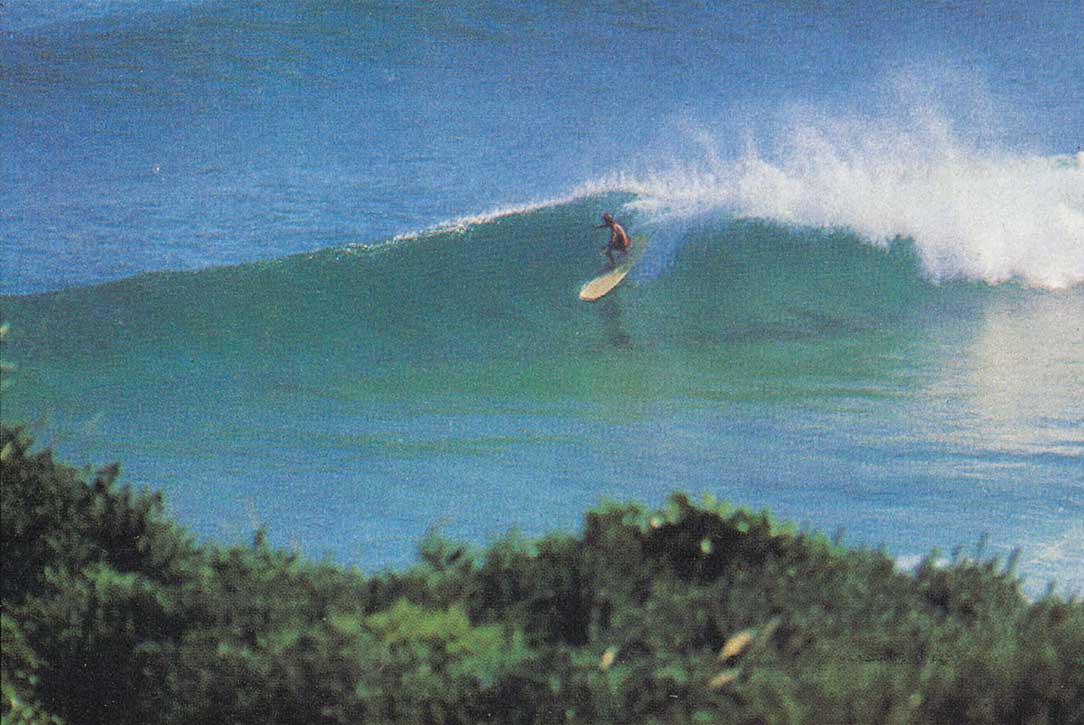
1967
Bob shaped the first Plastic Machine in April whilst working at Keyo in Sydney. What if we could go vertical? And the Shortboard Revolution began.
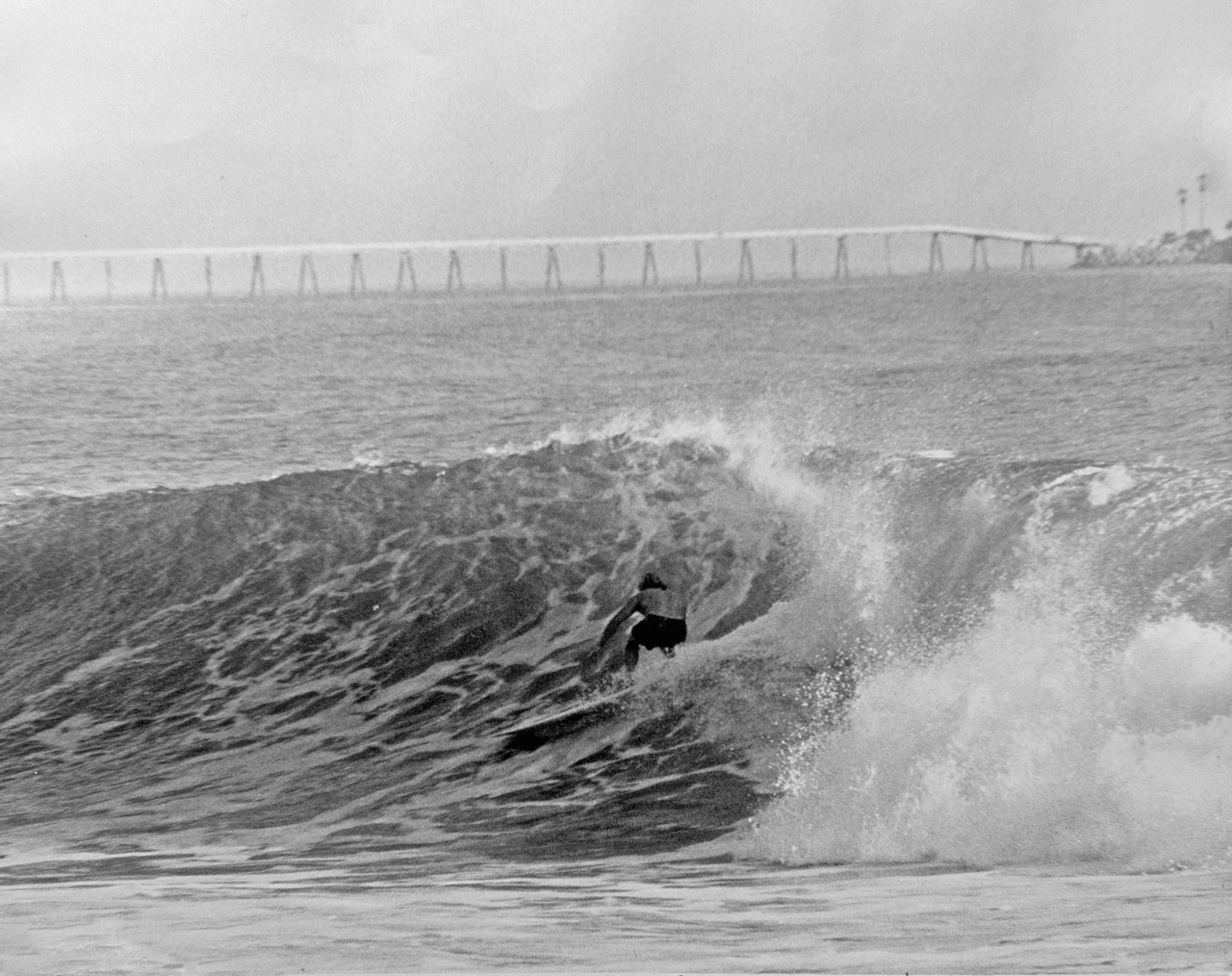
1968
After moving to California in January, Bob shaped for Morey- Pope in Ventura. The Rincon was his personal, original mid-length for shredding the Queen of the Coast. However, Morey-Pope wanted to capture the Plastic Machine vee- bottom essence and produced the original Tracker series with Bob.
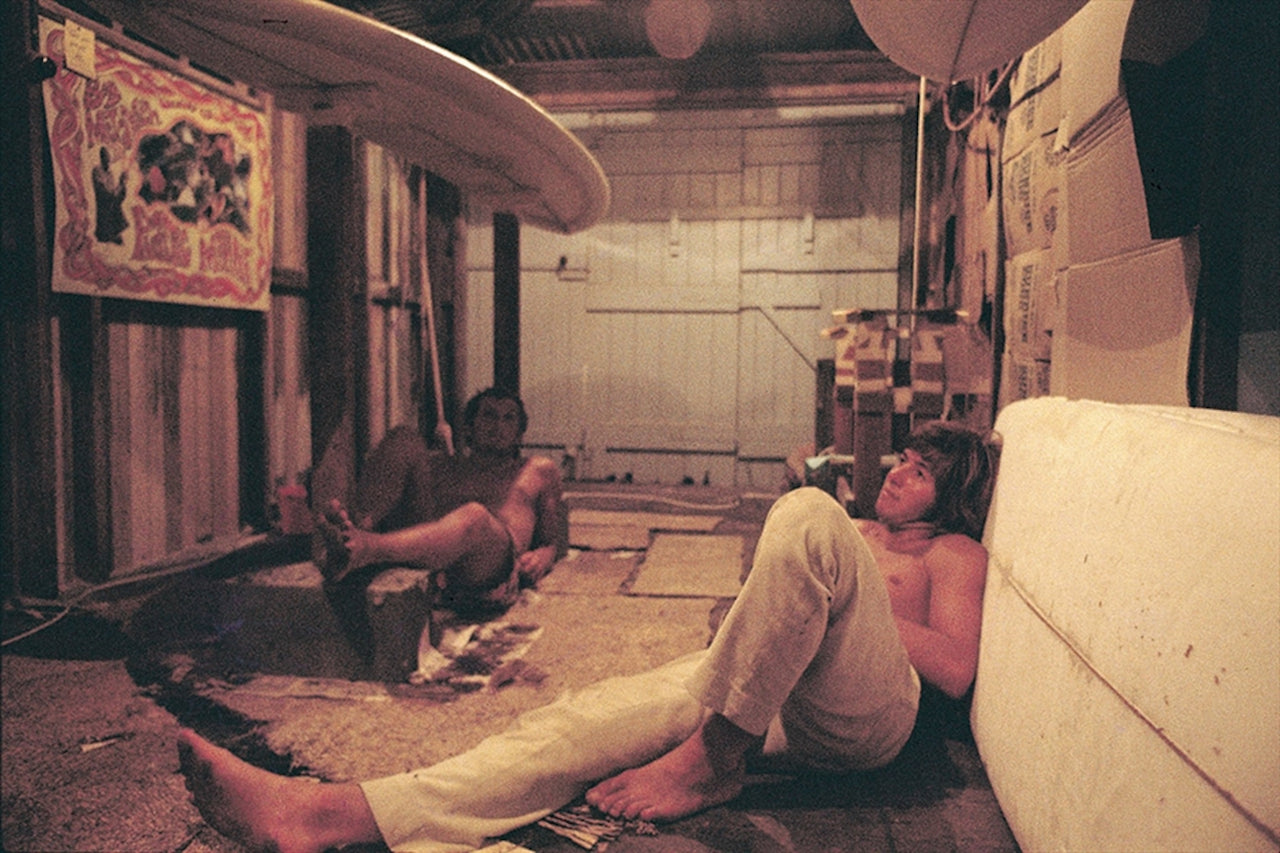
1969
Bob started Country Soul Surfboards in an old farmhouse behind Yamba with Chris Brock, Gary Keyes and George Greenough. To finance his ‘alternative’ rural lifestyle he also shaped a few customs at Dale and Kenn Surfboards in Brisbane. What’s now known as the Tracker model, with the narrow pintail, was first honed while surfing endless Angourie Point.
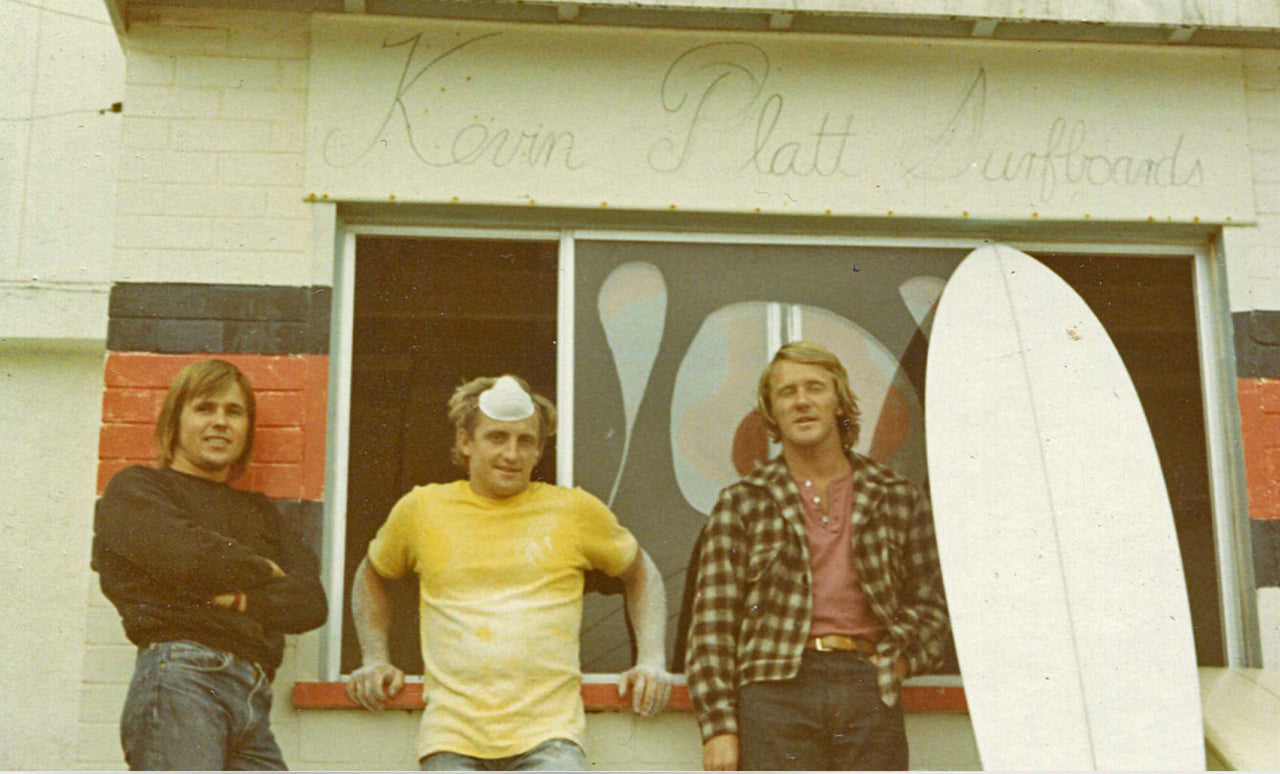
1970
Bob moved to Noosa to work with Kevin at Platt Surfboards. Twin fins and beach breaks were dominant.
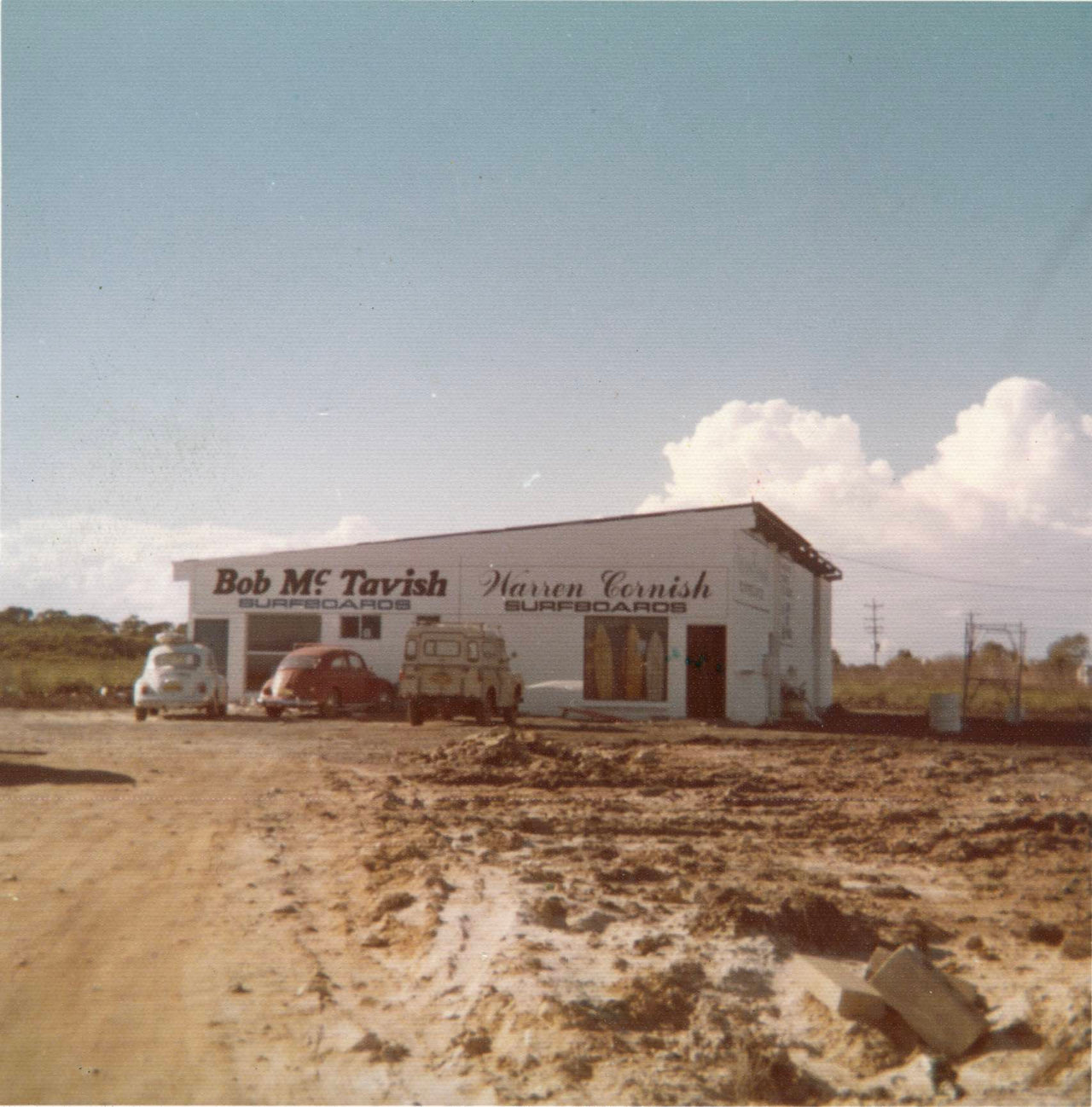
1973
Bob McTavish Surfboards opened its doors, becoming the first building in the Byron Bay Industrial estate. While surfing and living atop Lennox Point, Bob created The Bluebird logo after watching swallows hunting insects at dusk over the point.
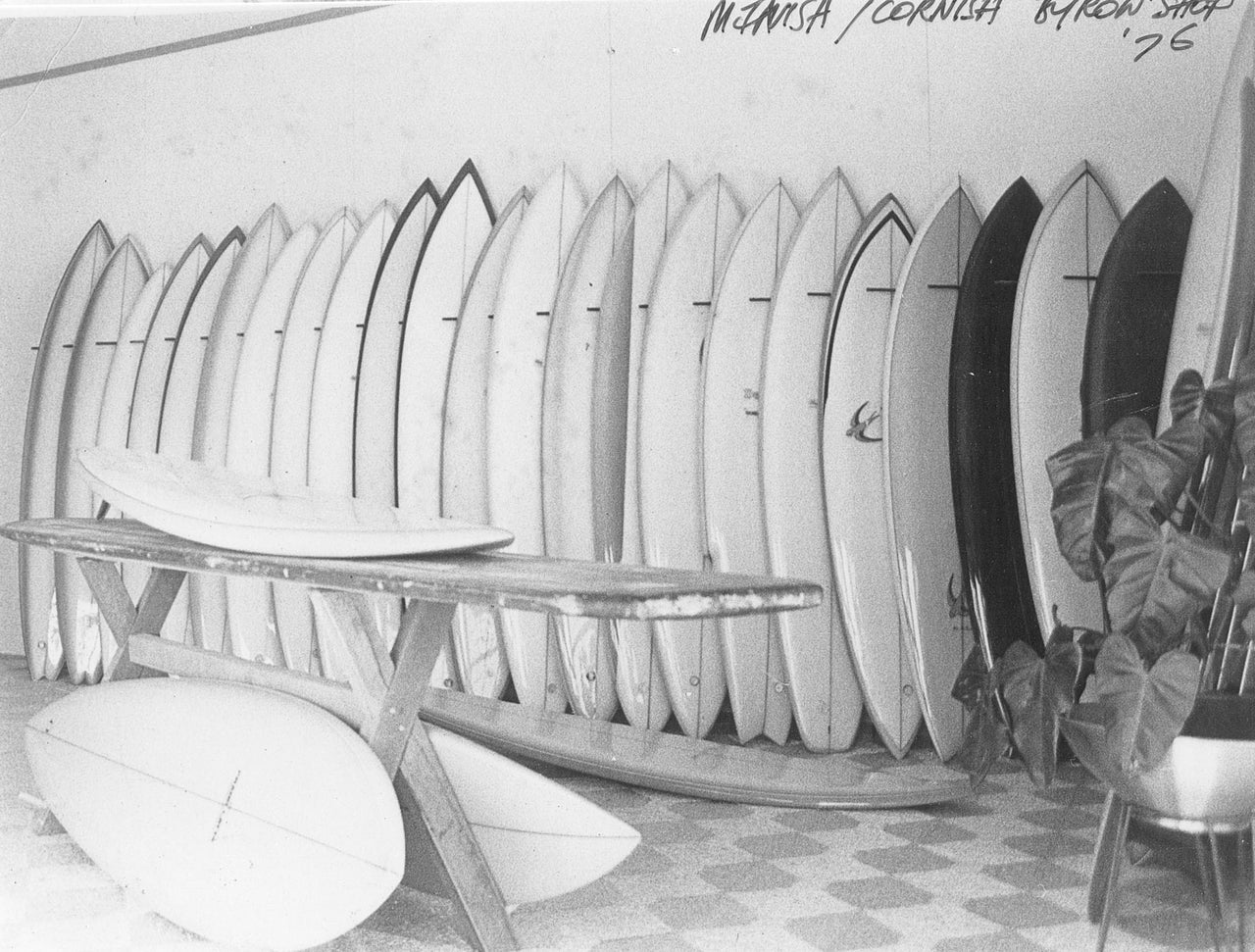
1977
Bob joined Sky Surfboards, continuing the iconic Bluebird shapes under a new label at Cornish's factory.
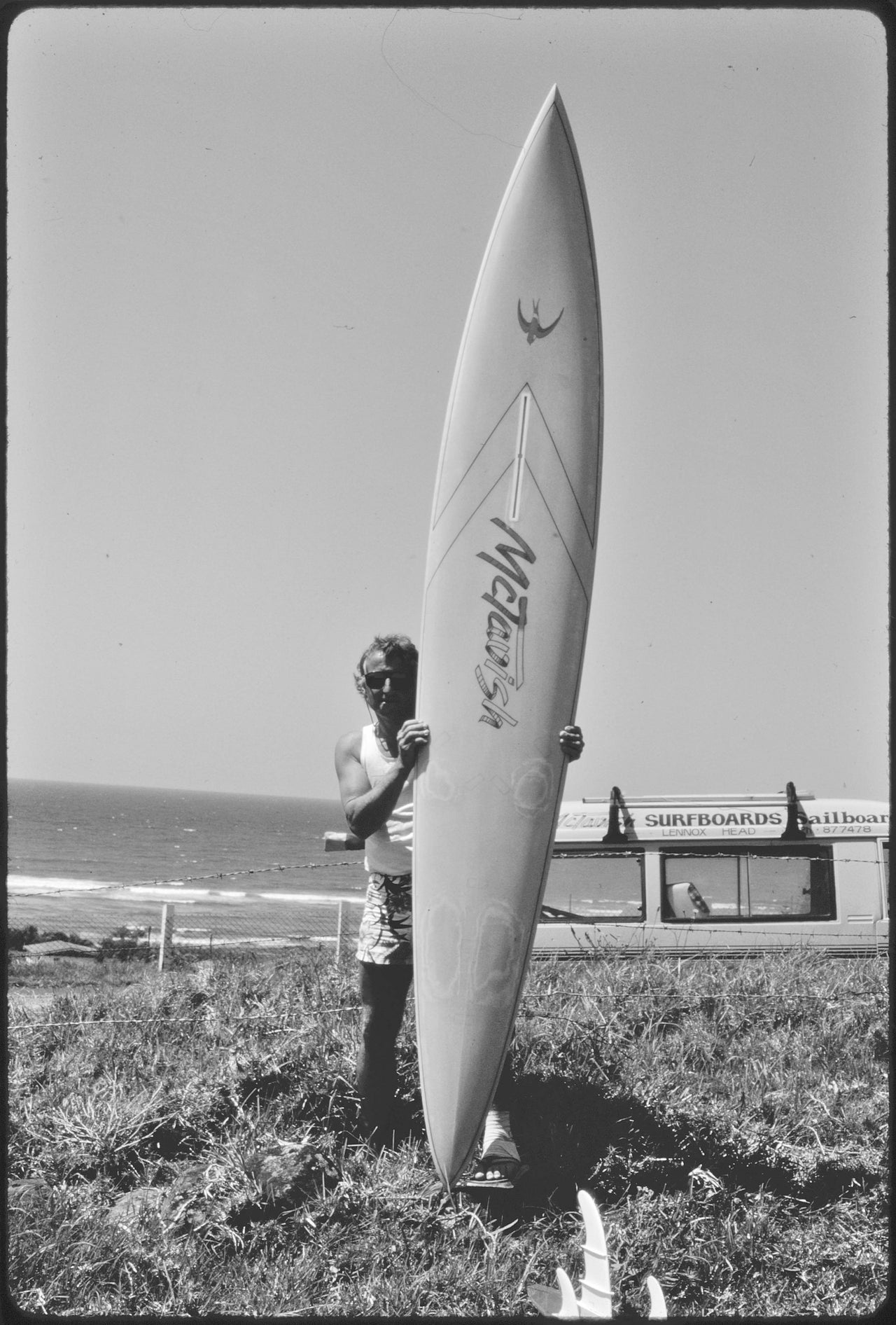
1978
After getting hooked on the new level of speed in windsurfing, Bob began handshaping windsurfers and made his own sails, booms and fins to go with them.
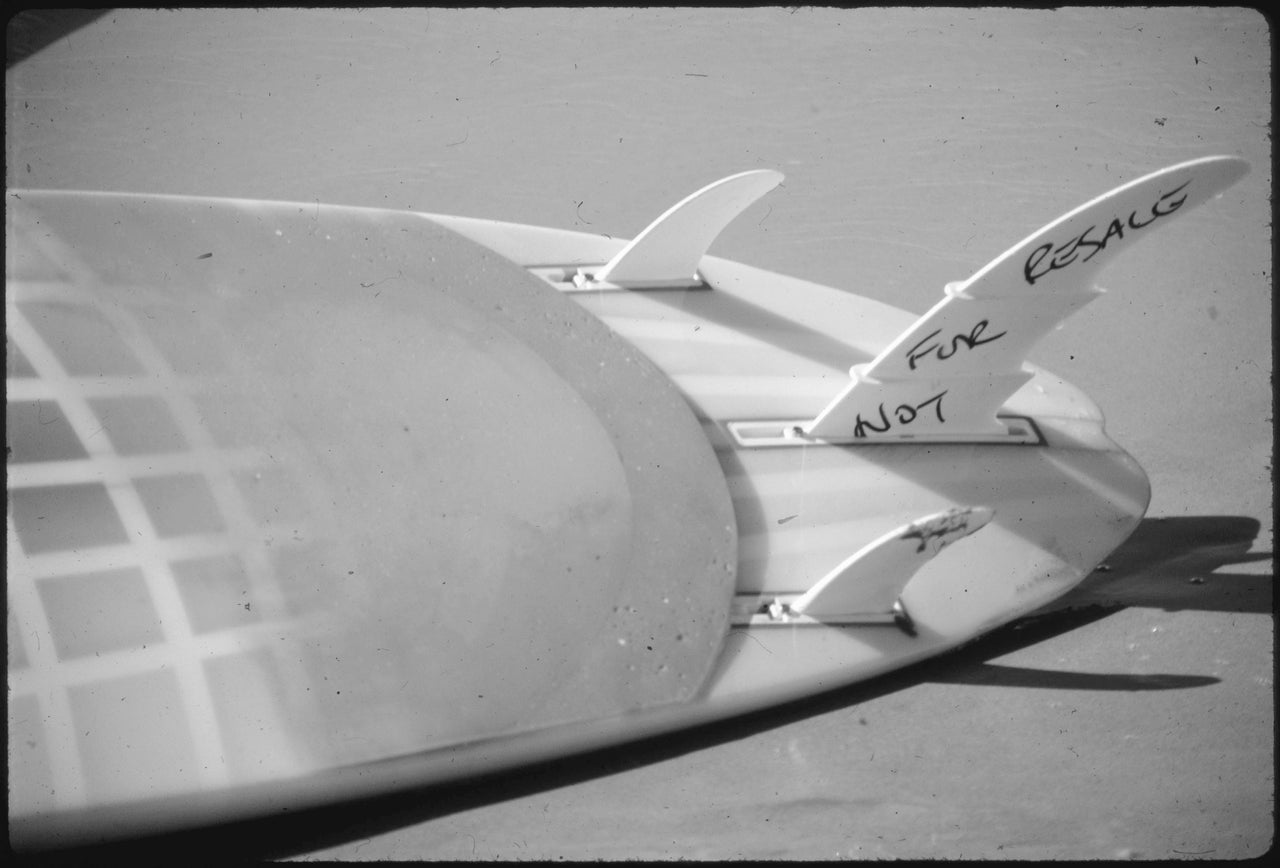
1980
Marketed worldwide as the anti-cavitation windsurfing fin, Bob designed the fence fin which was a commercial success when it went into mass production.
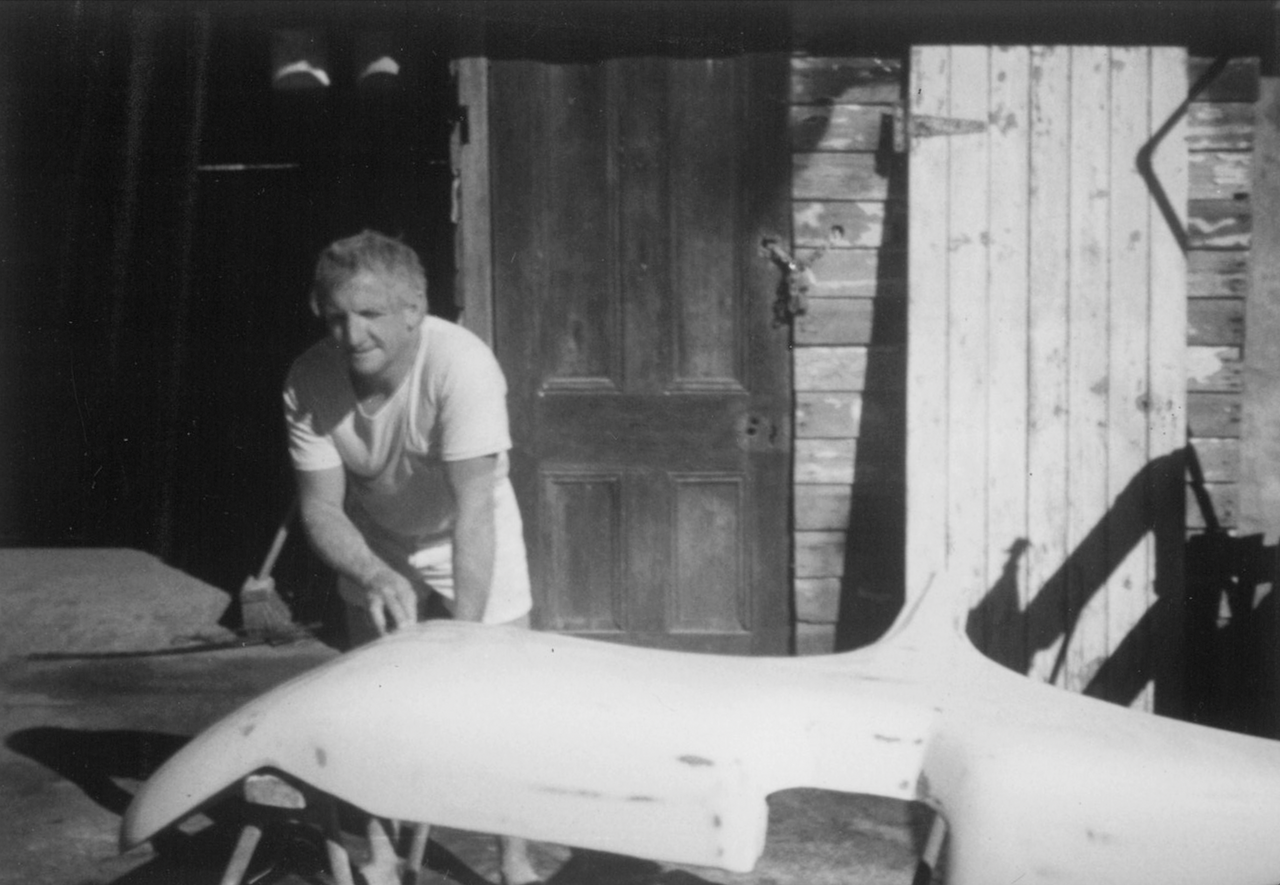
1981
To provide for a growing family, Bob started making light aircraft components at his new company 'Aviation Fibreglass' - based in an old cow bails overlooking Lennox Point - where he developed innovative moulding techniques.
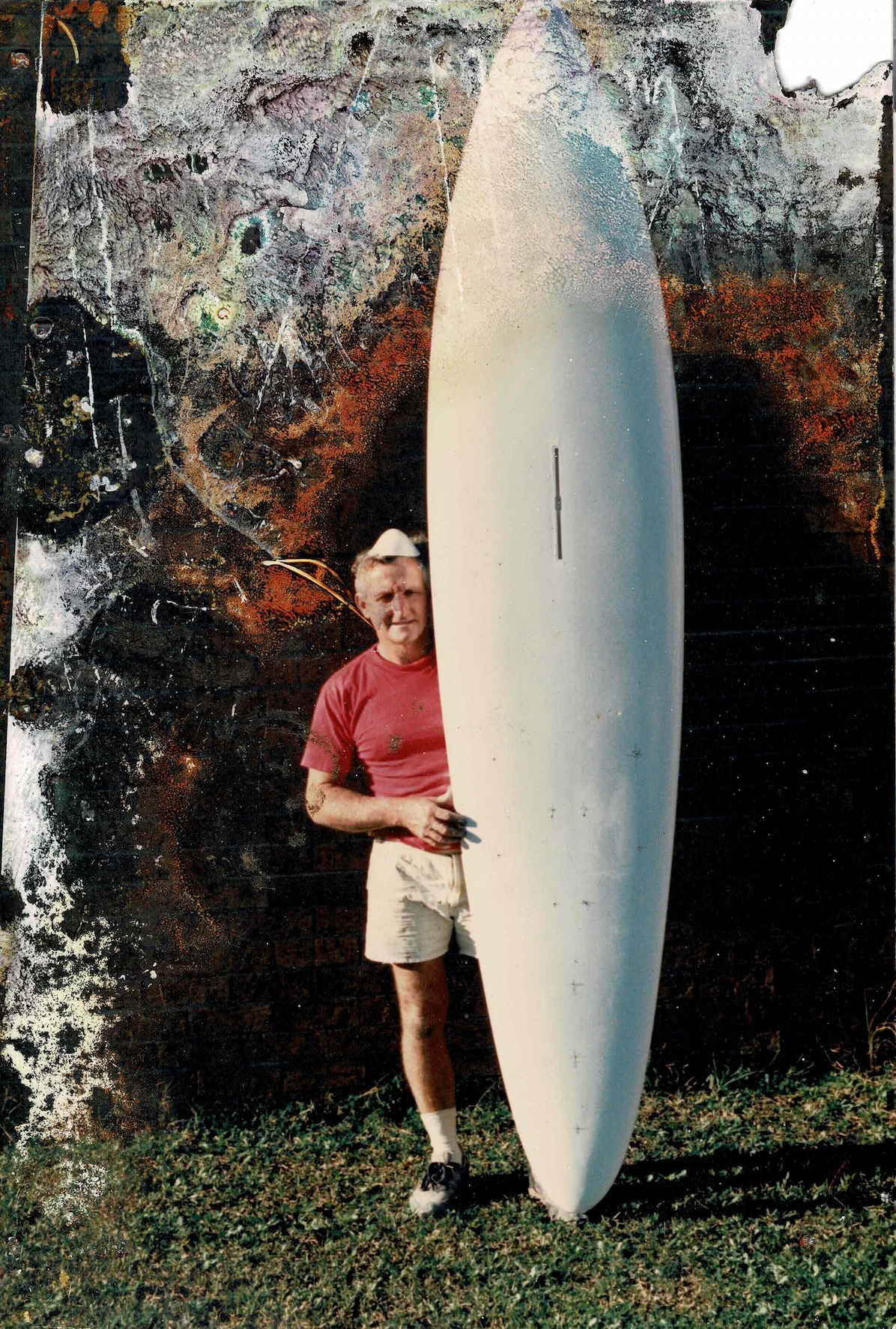
1982
Using these techniques in a larger premises in the Industrial Estate of Ballina, Bob developed a process to vacuum bag epoxy, EPS and wood veneer for more environmentally friendly and stronger lighter boards. He also started producing hollow moulded high-speed sailboards. After one ran over a log three miles out to sea and nearly sunk, Bob began injecting the hollow sailboards with the foam to remedy the situation.
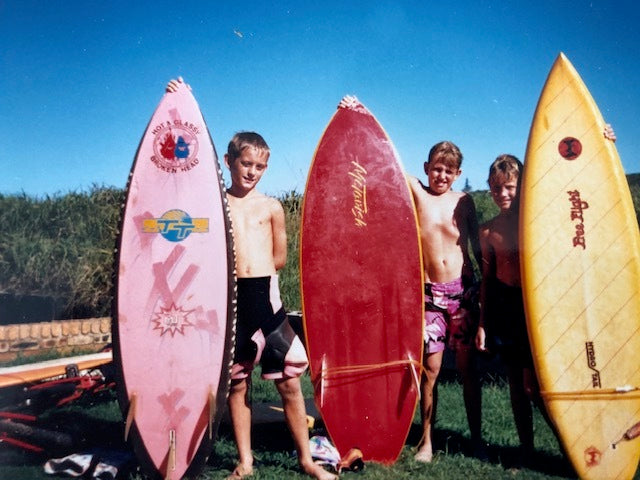
1985
Ben's Mum, Lynne took him out for his first surf on his very first board, a hand me down from Bob.
12 year old Ben (in the middle).
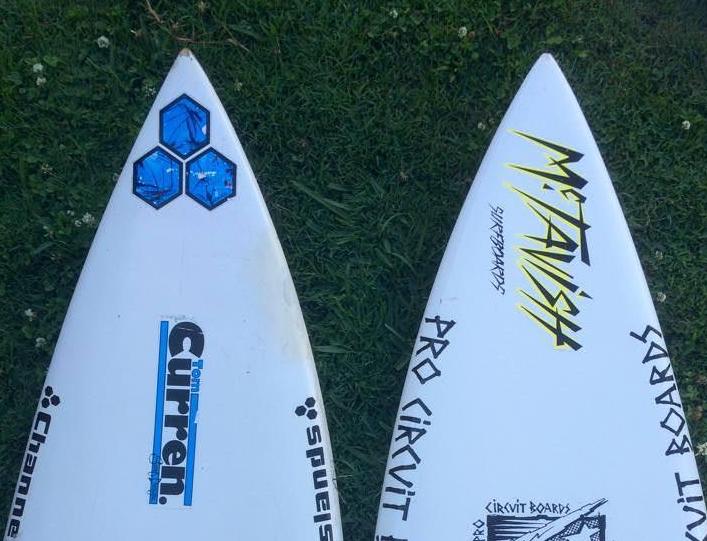
1987
Bob decided to take moulding techniques to the masses and started Pro-Circuit Boards (in the building Gunther Rohn is in now), using modern technology to machine the cores and then mould replicas of the boards used by the top pros. The motivation was to share the stoke by getting proven shapes under more peoples’ feet in an era of inconsistent handshapes. However, other moulded surfboard companies soon popped up, taking production overseas and sending Bob broke due to Australian labour costs.
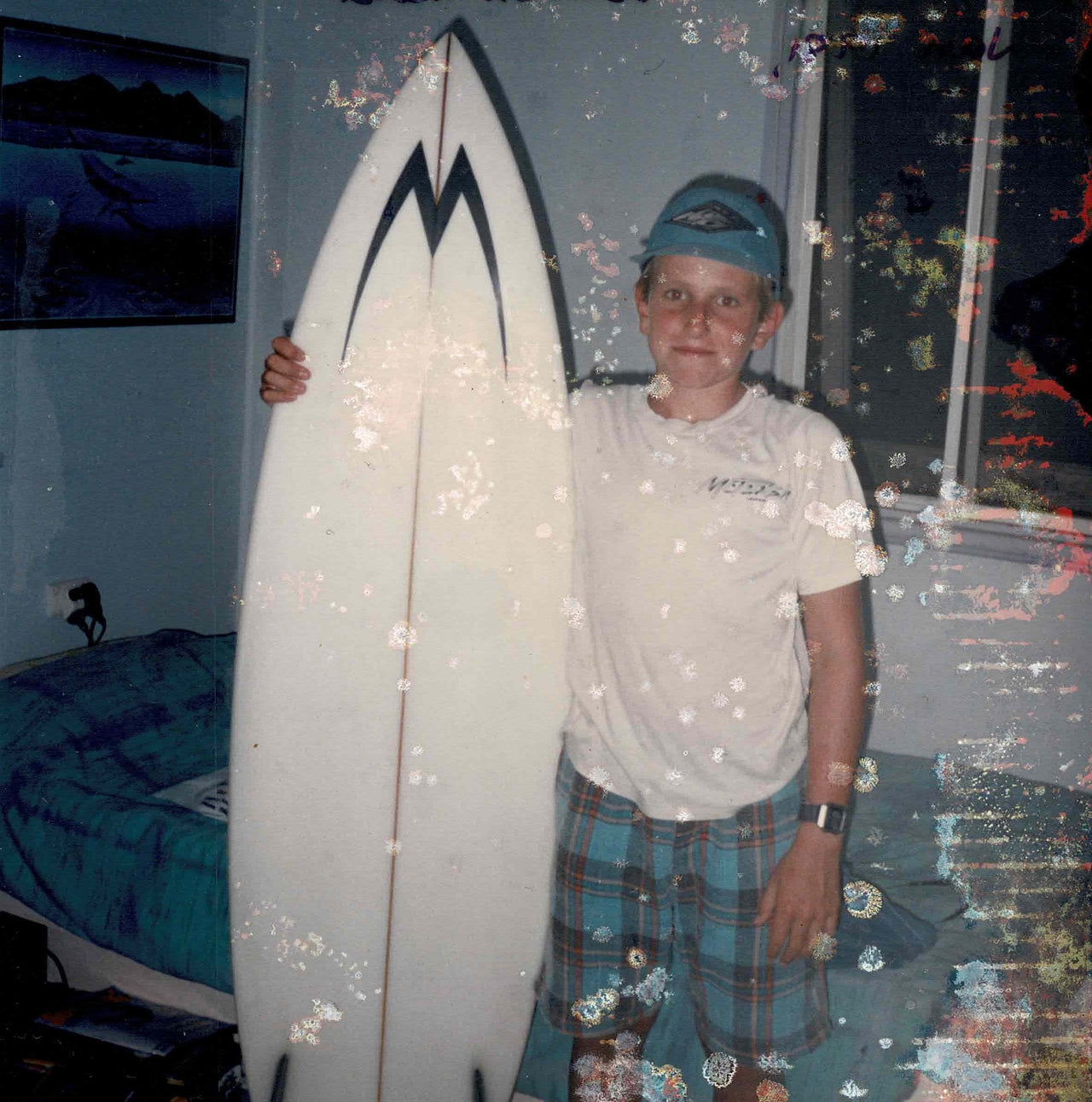
1989
Bob and Ben made this board for Ben's younger brother Jesse.
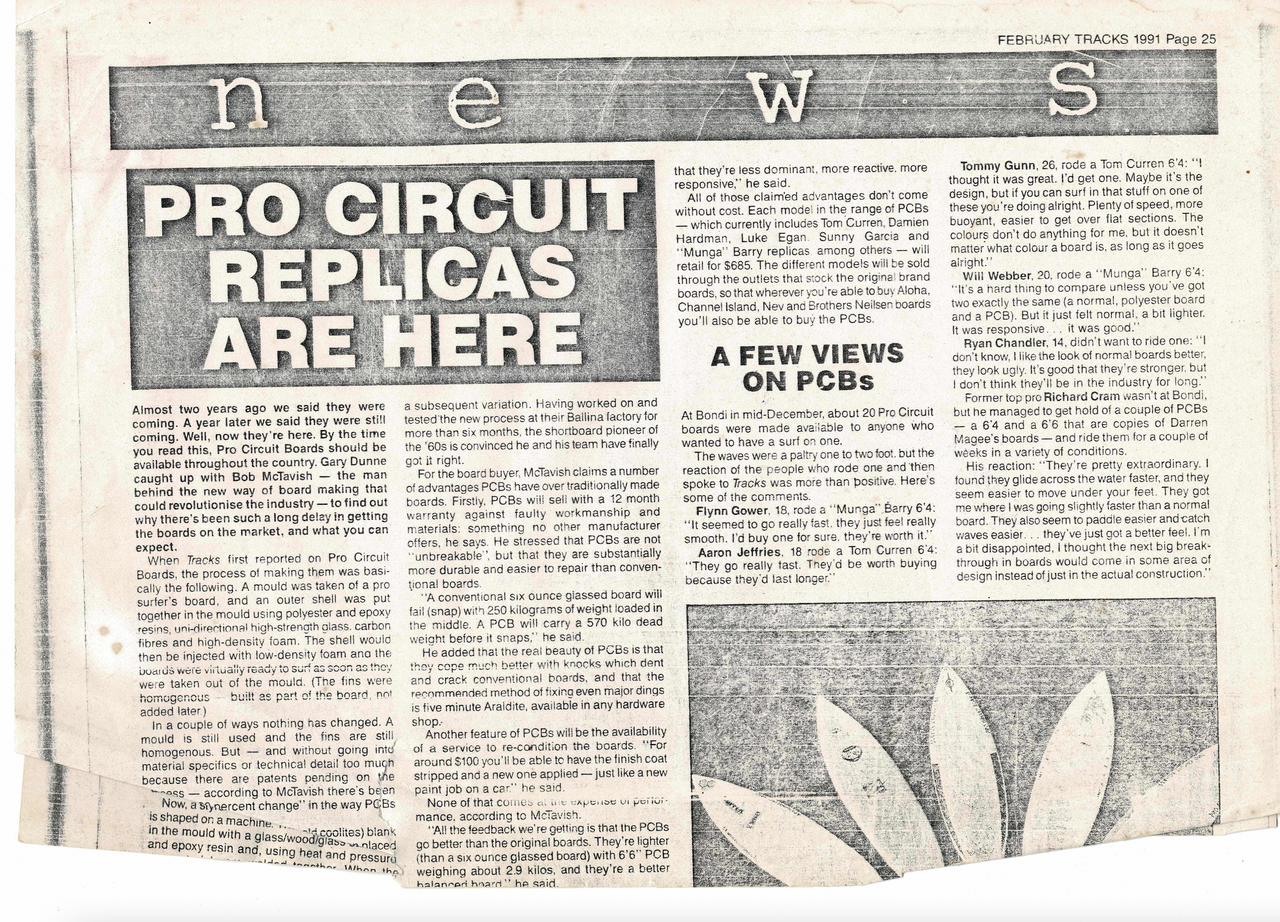
1991
Pro Circuit Boards folded, so Bob and Ben moved shop to Ballina making Mctavish longboards again in the Free Flight factory. Here, Ben began learning how to shape. He would cut out lines, thickness the blanks and shape the rail bands - Bob would come in and clean it up. Curious, Ben built himself a 6’1” thruster start-to-finish, as Bob was usually working. When it got stolen from the beach after only a couple of months, he got back in the bay the next day to make another one.
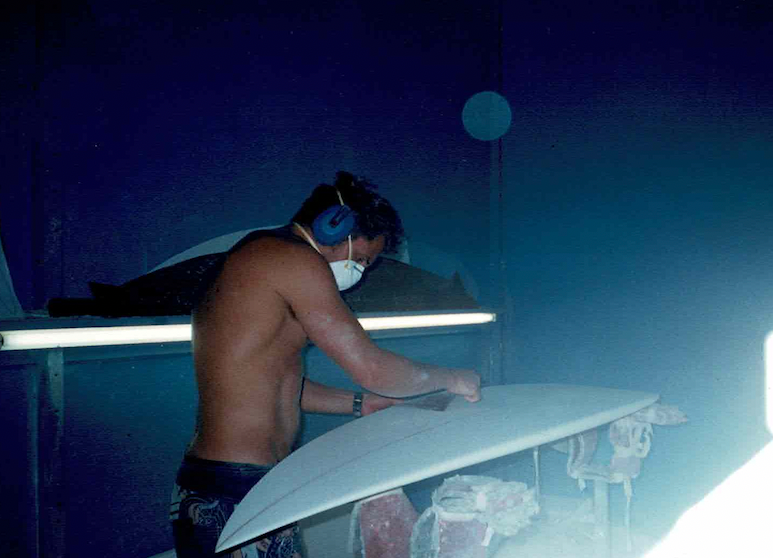
1992
Ben was fully-hooked on shaping, making some for himself and a few mates. He shaped 50-100 before ever making a logo. The first was a “Bob McTavish” that Ben got Rhema Graphics to swap the “ob” for an “en”.
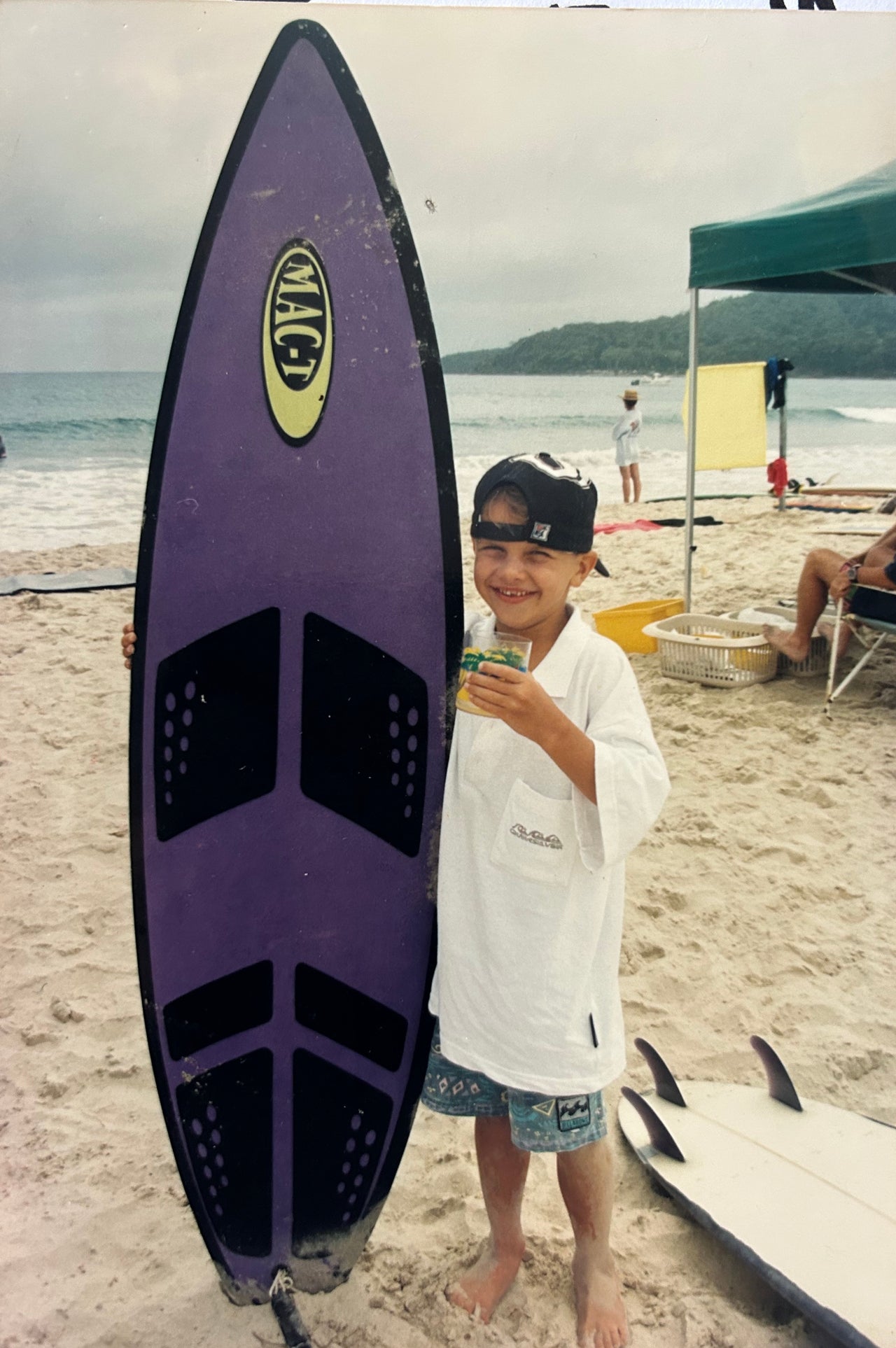
1993
Bob developed a softboard brand called MacTees with Doug Holliday (of Dart/Raider Wave Skis) in Newcastle. Pictured: Julian Wilson with his fresh Mac-T.
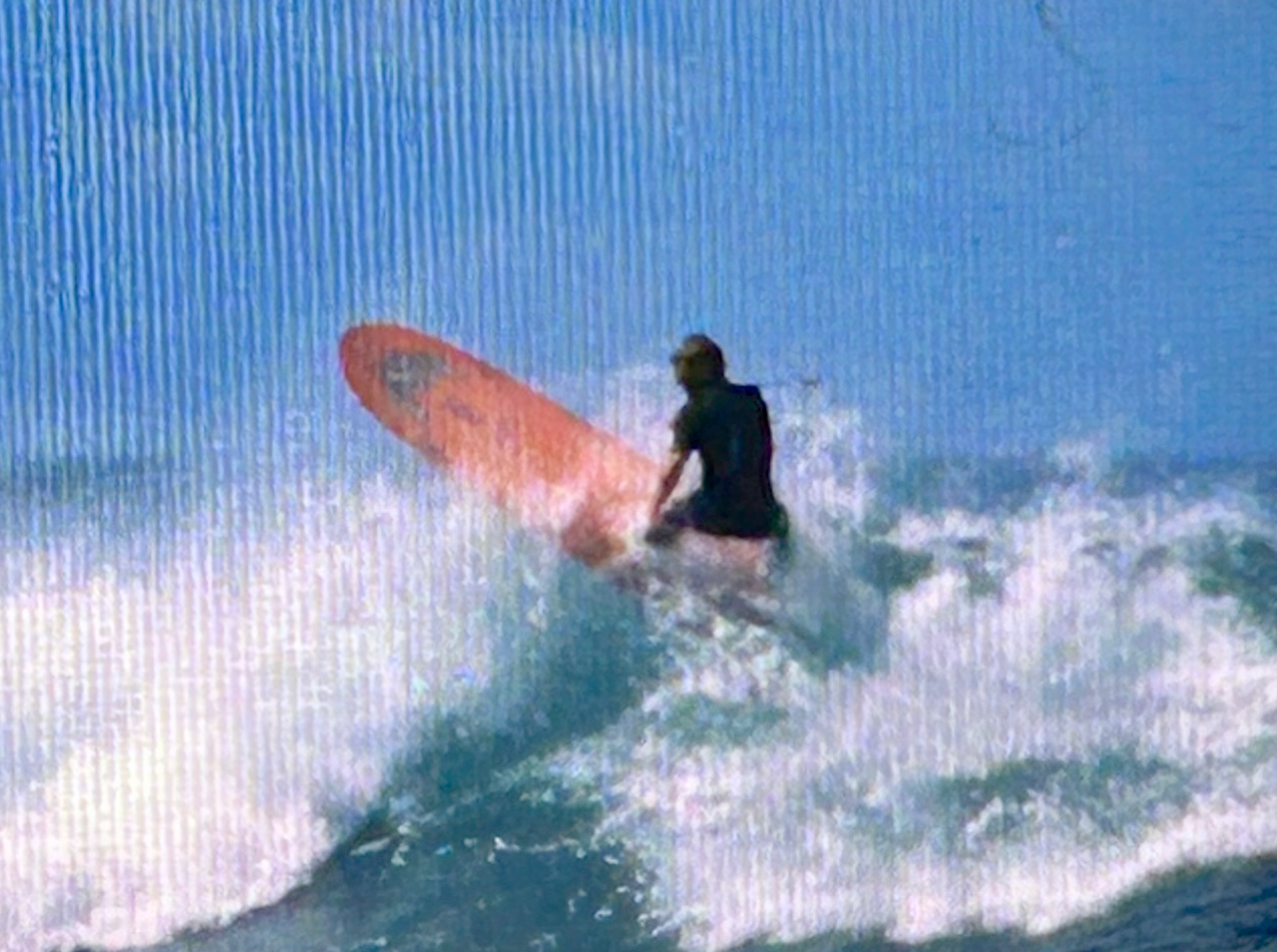
1994
The Performance Longboard scene was in full swing, and the Fireball, Original and Carver were born.
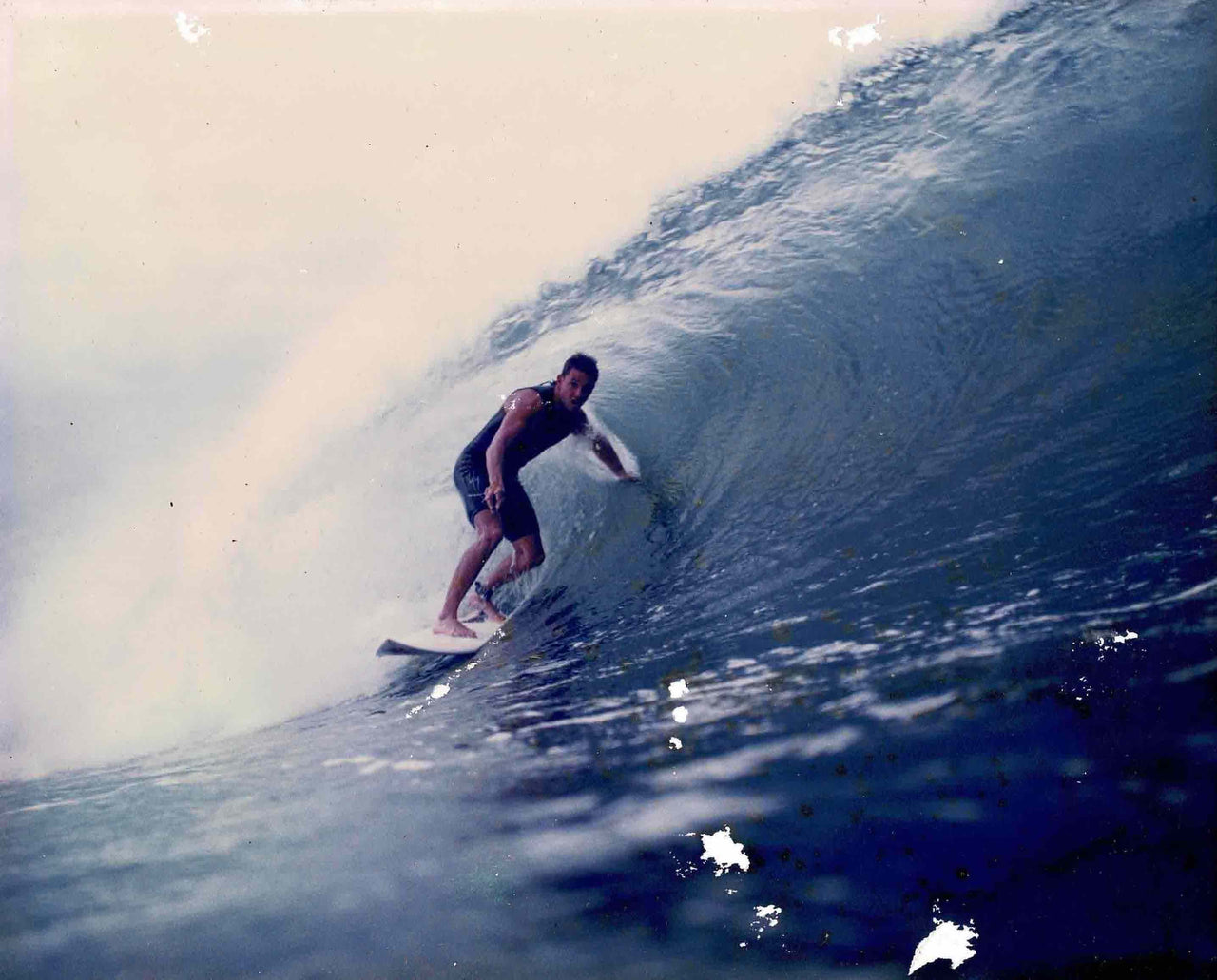
1995
Ben did the yearly Indonesian adventure, mainly G-Land, shaping a quiver of mostly thrusters for himself each time. On one trip, he saw a 2+1 Dave Parmenter, which had a nicer flow than what he was on and got Ben thinking outside the thruster box.
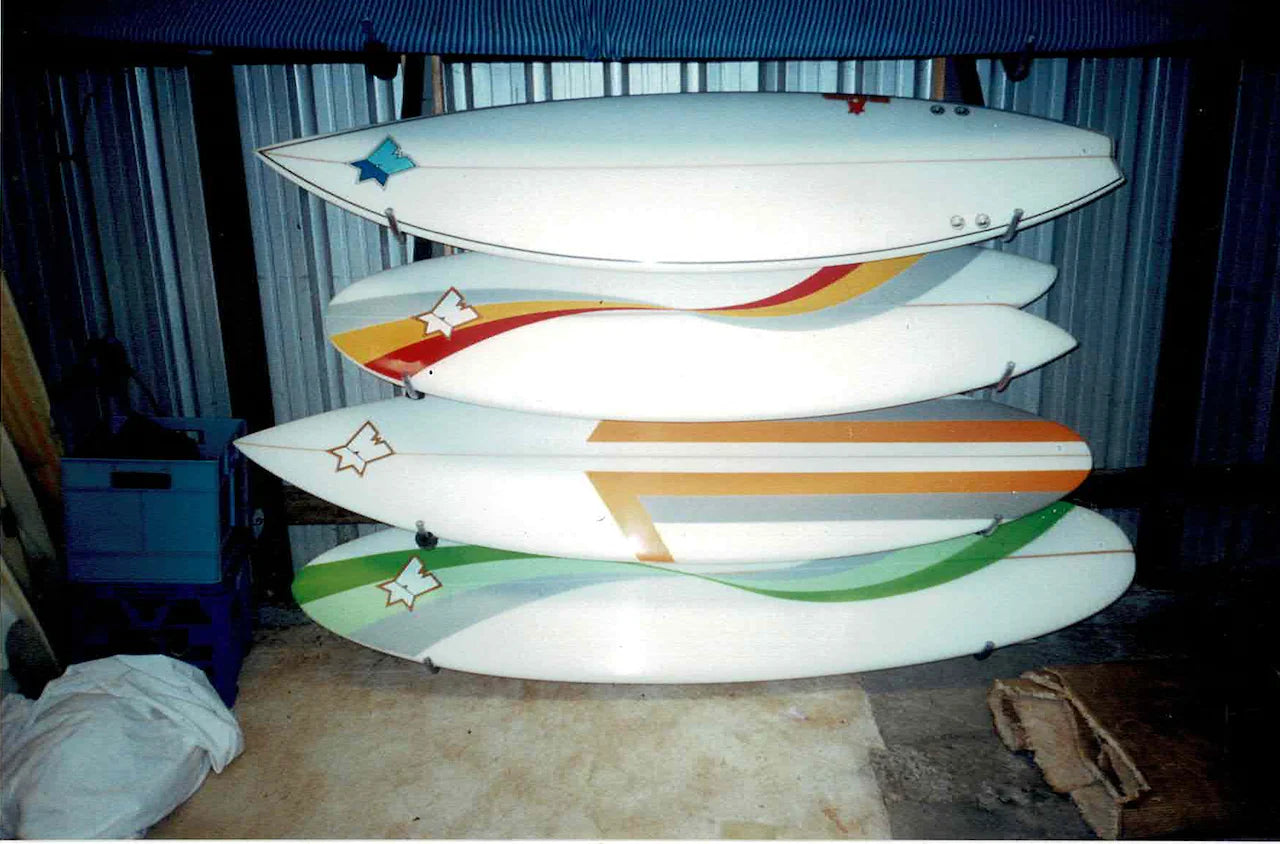
1996
Litmus came out. Tom Curren’s Fireball Fish got Ben pretty excited about chopping noses off, widening up tail area and experimenting with channels. Choosing trim and style over performance.
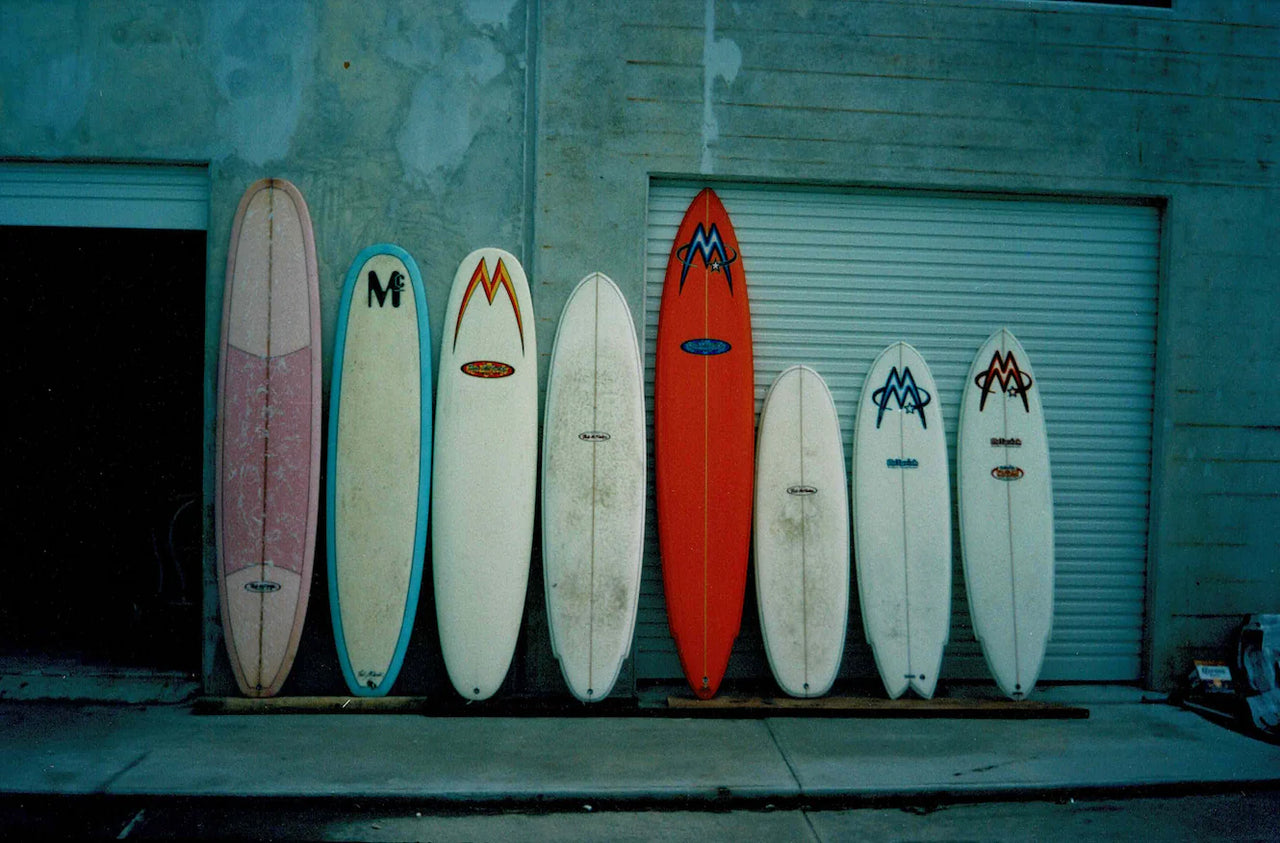
1997
Moved to Mad Dog factory in Byron (where Surfection is now, and before that 'Bob McTavish Surfboards’). John Morgan managed the shop and sold McTavish boards to wholesalers. He could see longboards were having a moment and that McTavish boards were at the cutting edge, but so could Warren Cornish. Some interesting history emerged and we ended up around the corner at 91 Centennial, where we still build our boards today!
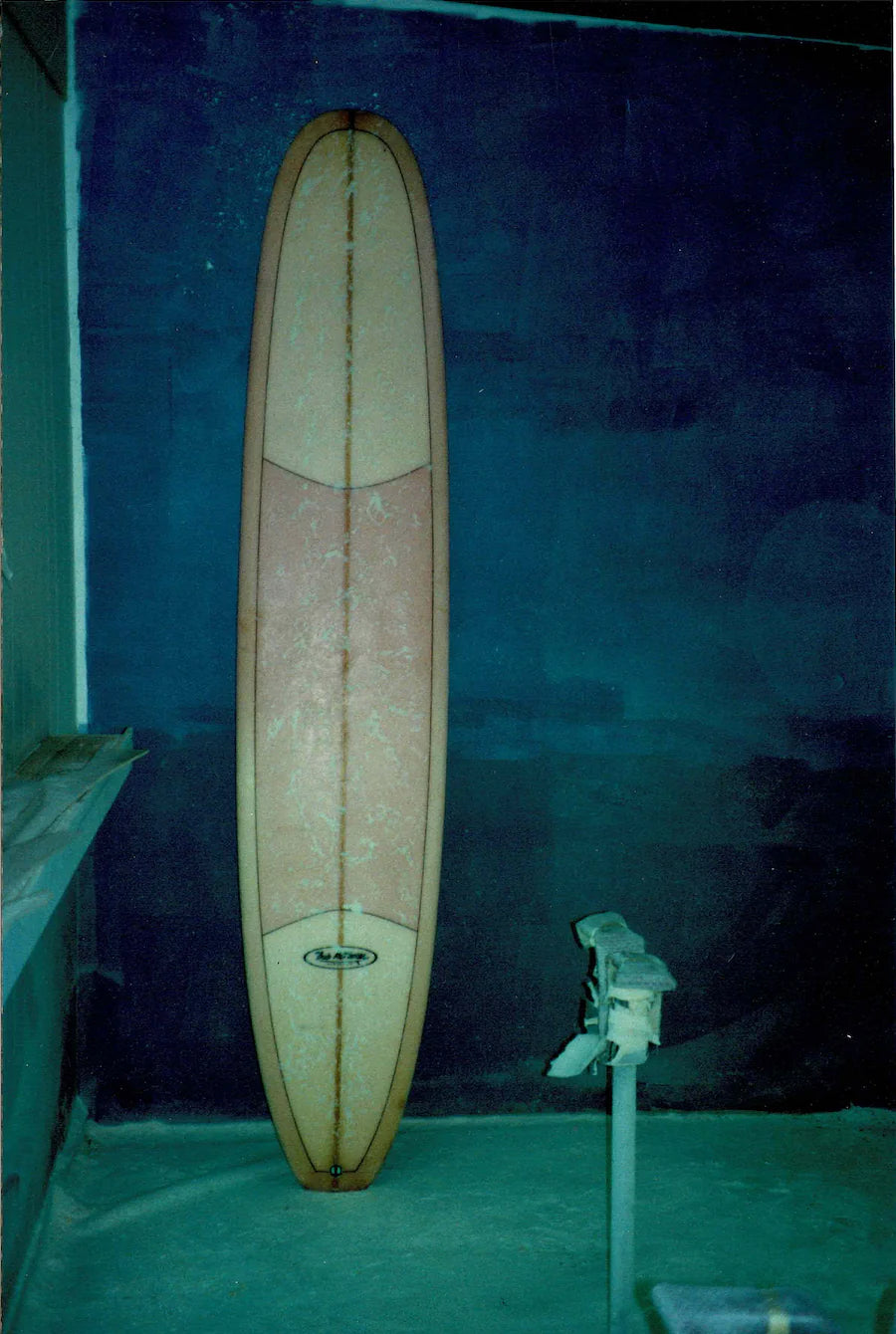
1998
The first modern Noosa 66 with cut laps and a small 'Tailor Made' logo was made. Traditional designs were coming back.
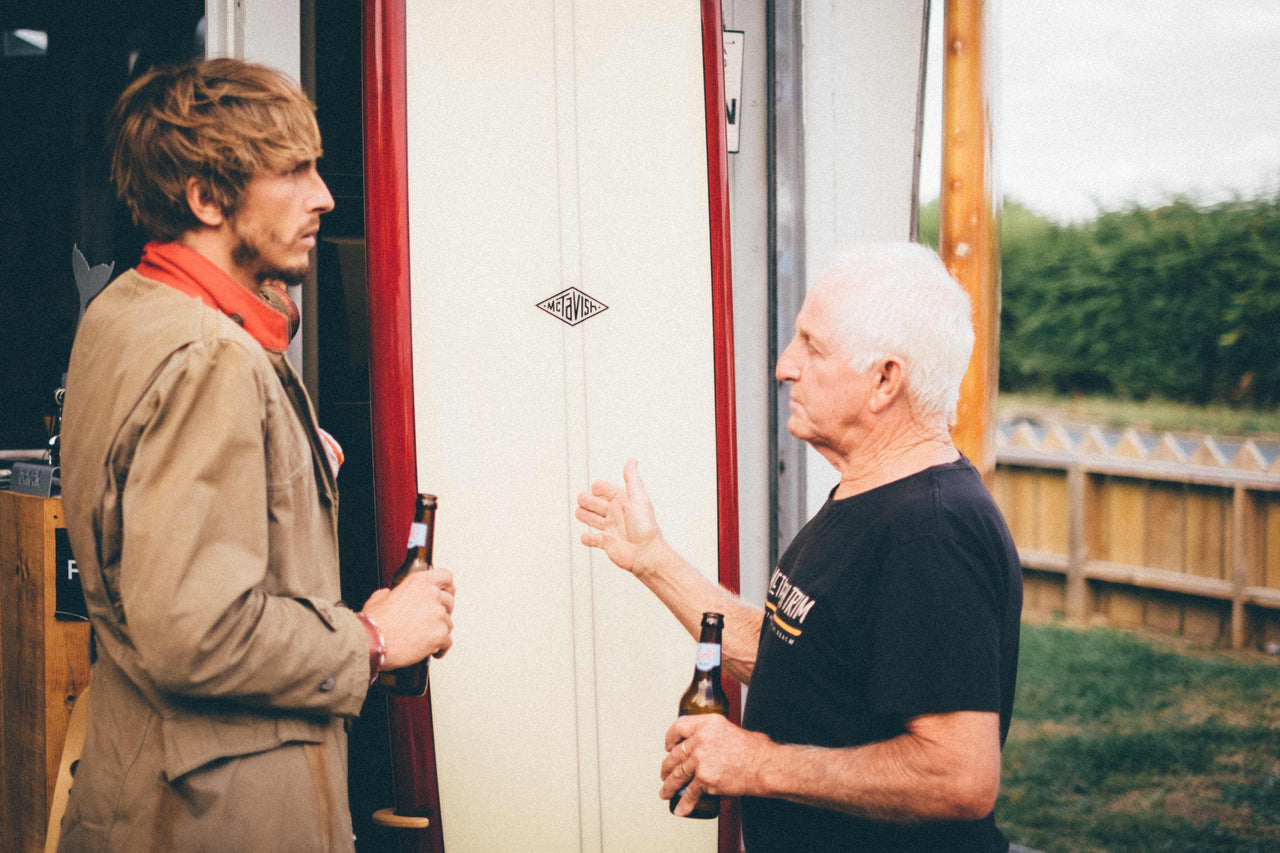
2000
Bob landed in Basque Country for the first time in 2000, to shape a limited run of boards for Pukas. Since then he has been back 6 times and Handshaped custom orders and many hundreds of stock boards at Pukas.
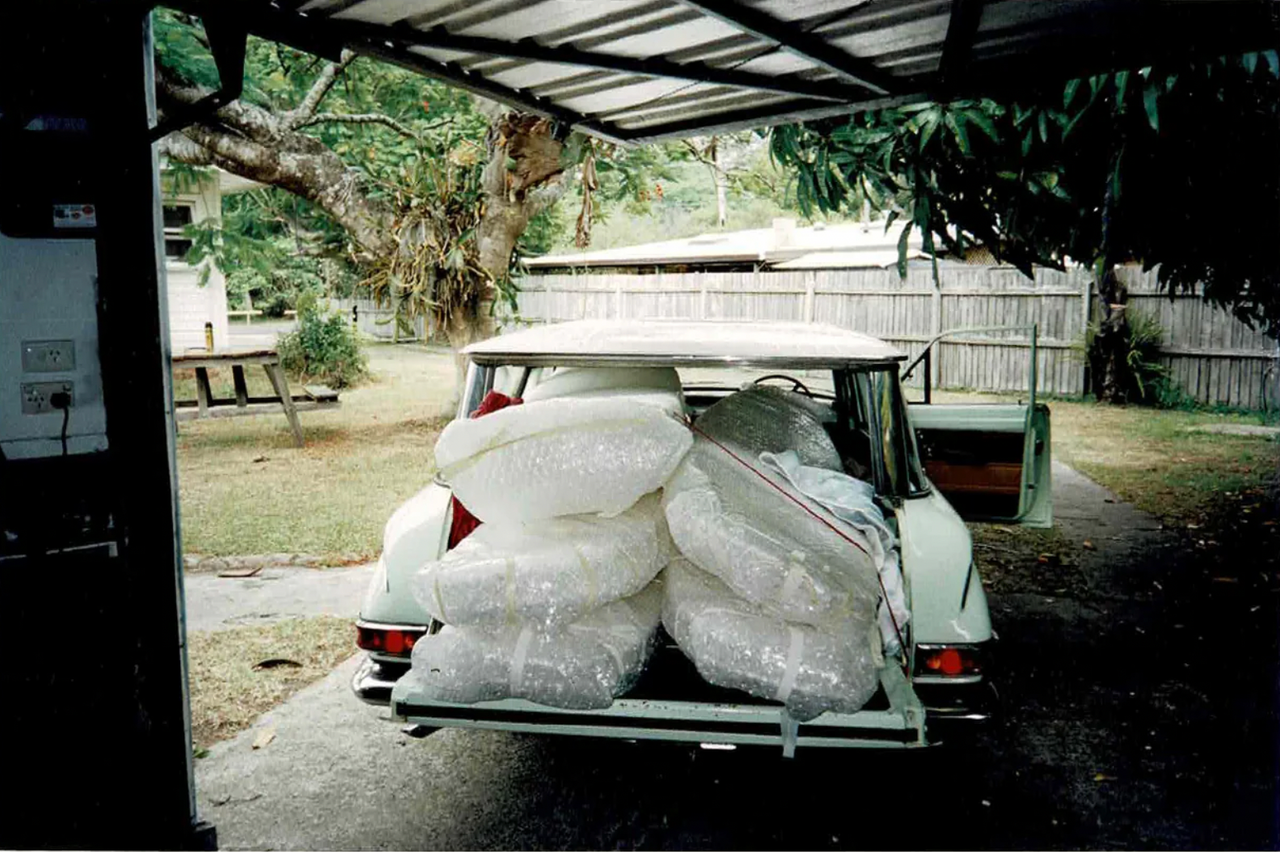
2006
Ben ran the machine and shaped up to 35 longboards a week at McTavish. After hours, he was still doing his own custom shortboards, glassed at Stuart Darcy’s in Currumbin - where he first met Alonzo (our resident artist).
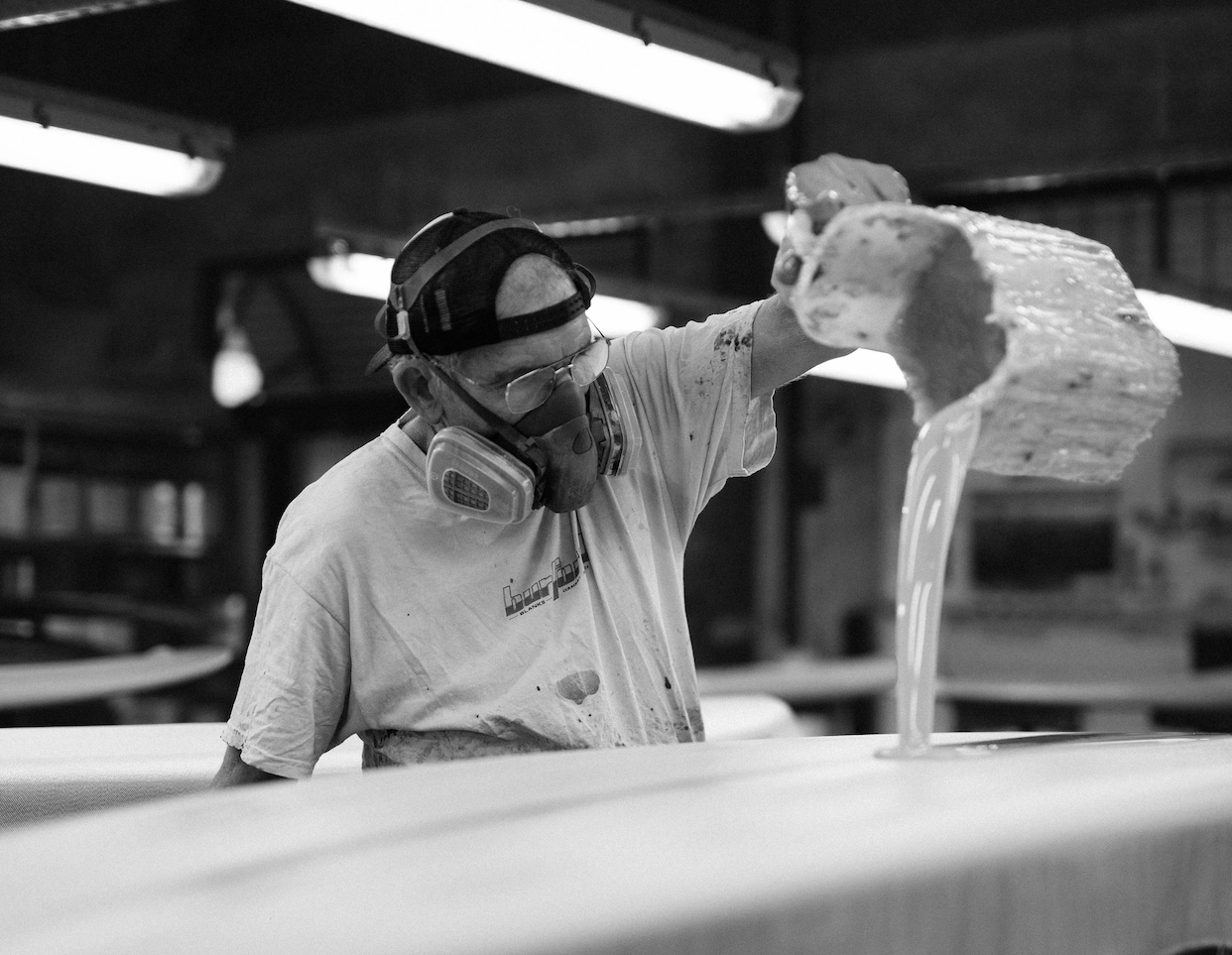
2007
High-performance longboards were fading out, we started to downsize logos and get into more tints and cutlaps.
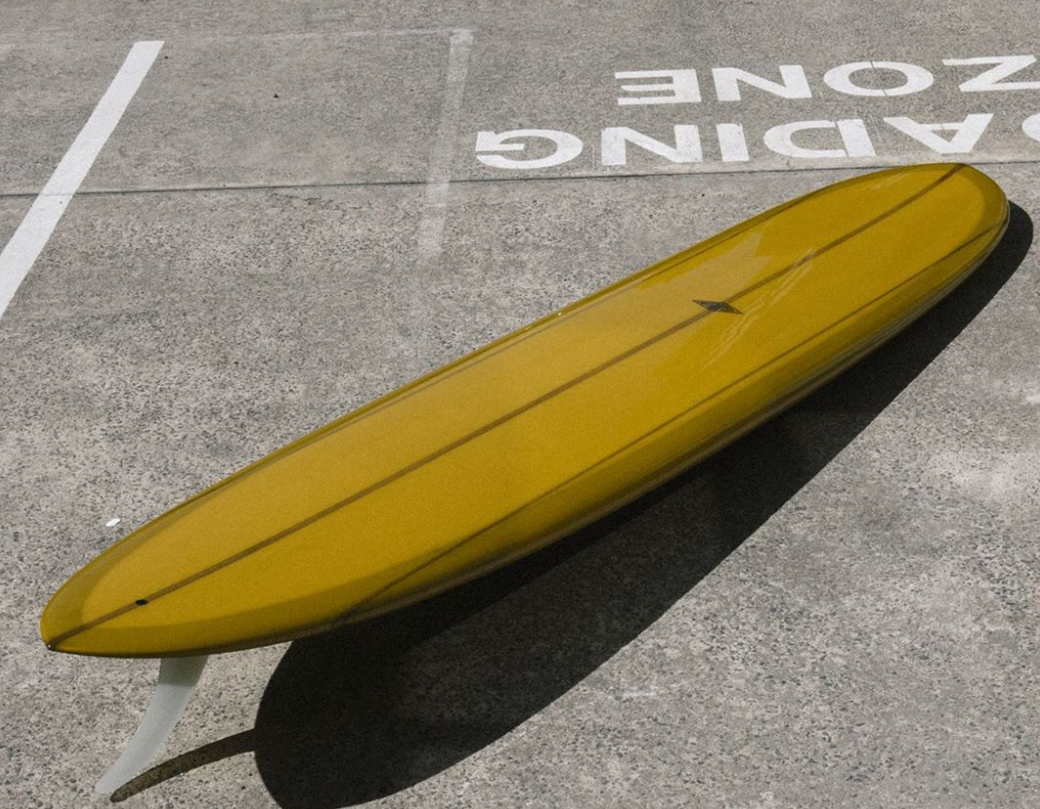
2008
10 years after that first Noosa 66, we completely dropped the Big M logo and shifted to the Diamond, visible on most of our boards today. Cutlaps and logging were back!
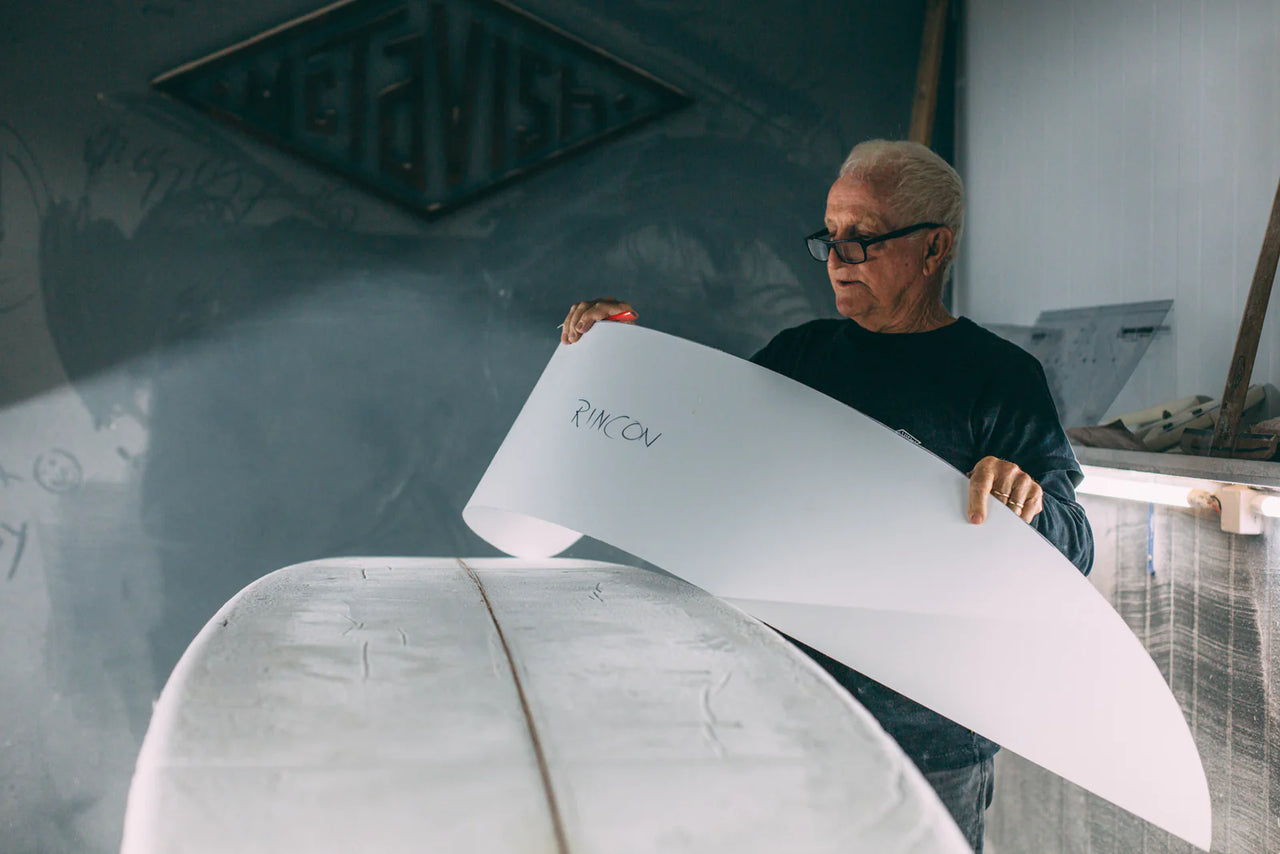
2009
There was a growing interest in mid lengths, so Bob reintroduced the Rincon and the Tracker.
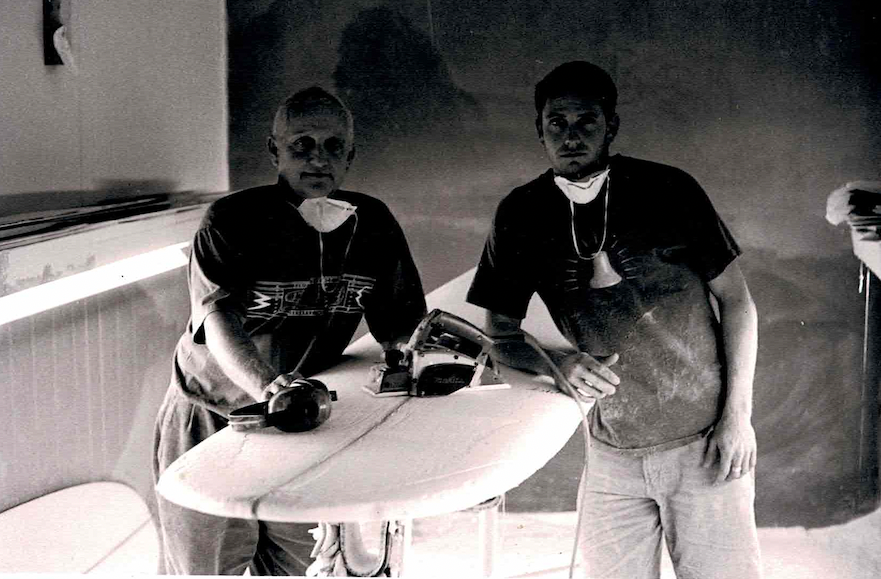
2010
Ben McTavish officially joins the business full-time, bringing his expertise in shaping shorter boards under his own label for the last 23 years into the Mctavish lineup.
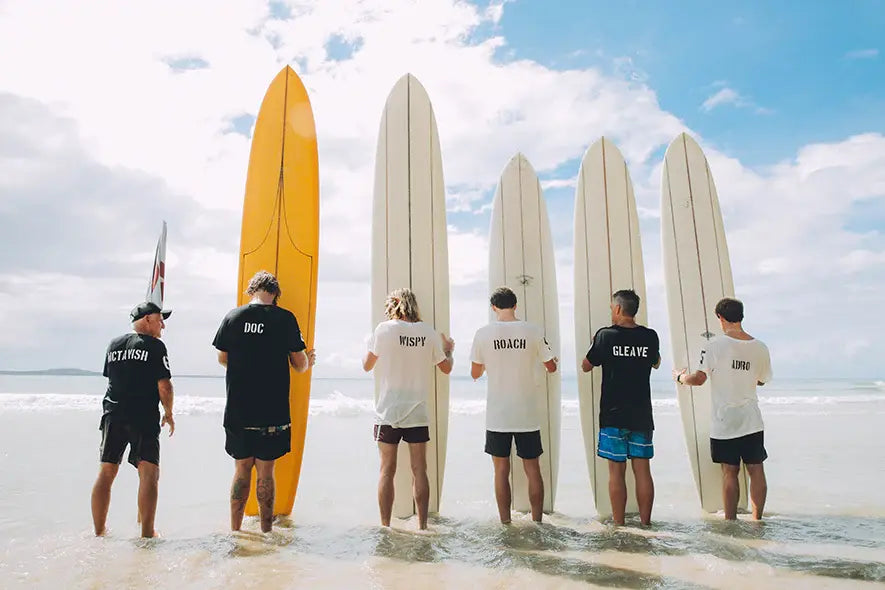
2015
The first Trim event was held at Noosa, celebrating boards over 10ft.
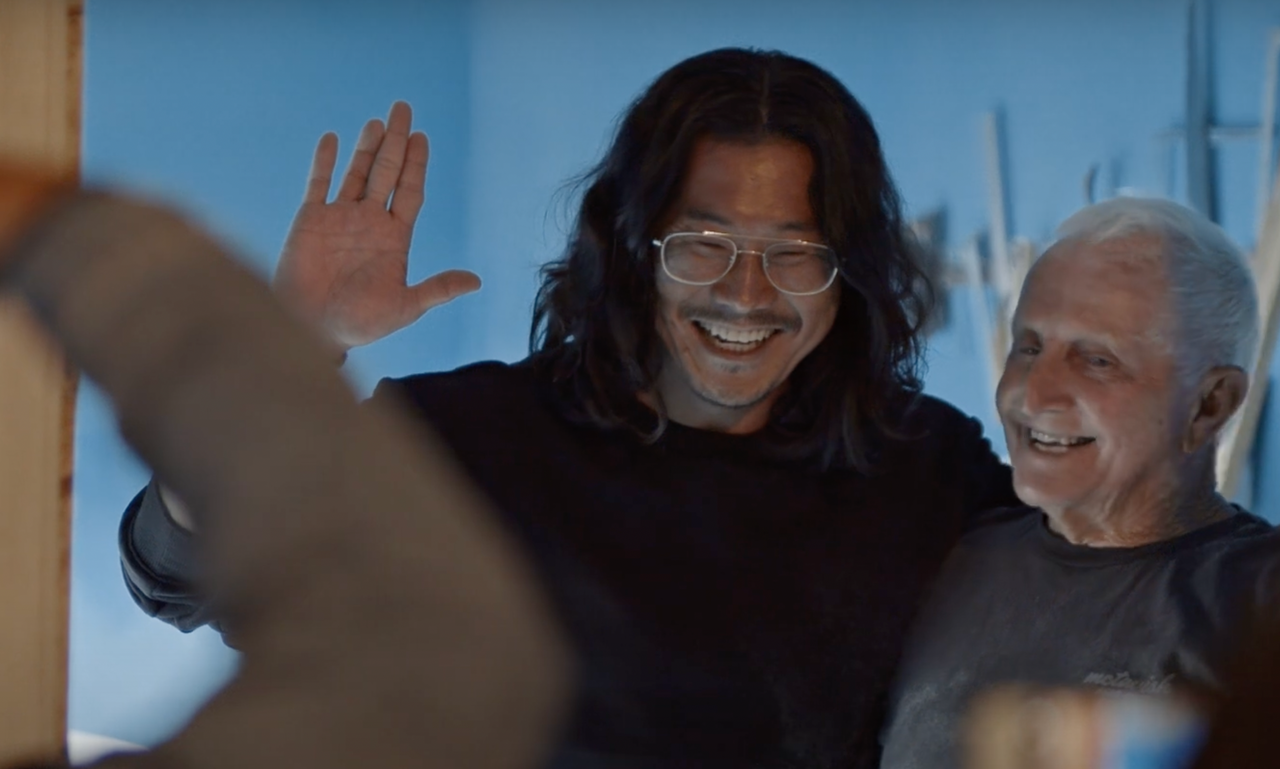
2019
We visited our friends in Korea for the first time; Bob packed his planer and handshaped a limited run of classic models.
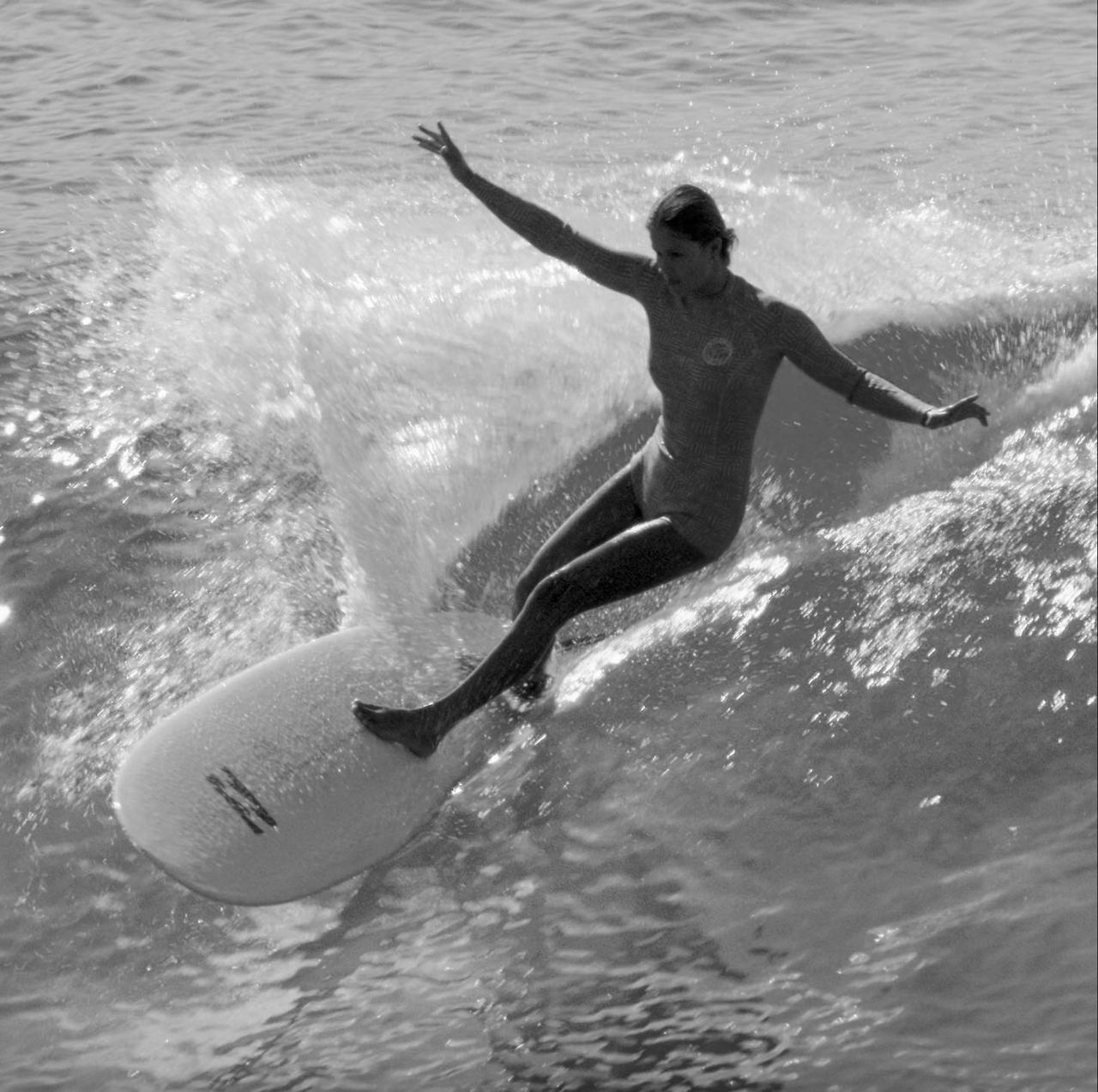
2023
Super Stock launched. Four versatile models with a simplified construction, void of any bells or whistles - function first.
Board Categories
Shortboards
Twin fin
Single fin
Mid Length
Longboard
Glider
